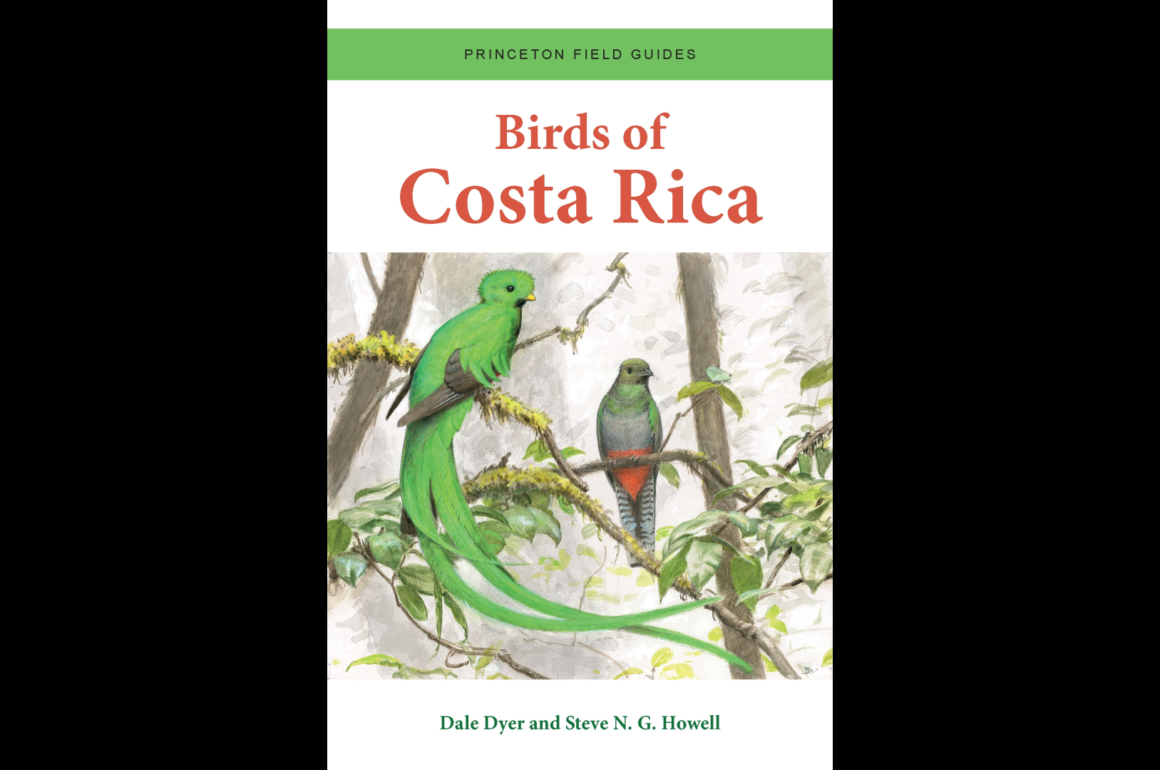
It was an early morning last October, 6.40 a.m. in the Casa Tangara dowii lodge as I was taking my observation position next to a glass wall, overlooking the bird feeders in the misty cloud forests of Costa Rica. My friend and host, Serge Arias, brought me a mug of a slowly, drop by drop, prepared specialty Tarrazú coffee. From my sofa, I observed the first Common Chlorospingus, Silver-throated Tanagers, Chestnut-capped, White-naped and Yellow-thighed Brushfinches, all coming to Serge’s papayas.
Next to me was a copy of “Birds of Central America” with a somewhat longish subtitle “Belize, Guatemala, Honduras, El Salvador, Nicaragua, Costa Rica, and Panama” by Vallely and Dyer from 2018. While it may be the first comprehensive field guide to the birds of Central America, it is still big and uncomfortably hefty to carry around, and while illustrations are beautiful, the colours are somewhat washed out. Serge told me: The same publisher, Princeton University Press, is working on the new Costa Rica guide.
And I remember what I told him, based on many recent field guide trends: Coming from them, it will be a good book, but it will be nowhere near the user-friendliness of “Birds of Costa Rica” by Garrigues and Dean from 2014. Practically without exemption, new editions tend to be larger and heavier than their predecessors. Garrigues and Dean’s guide was so comfortably lightweight. Yet, while Dean’s paintings are adequate for ID process in field conditions (most but the Red-throated Ant-Tanager), their style resembles old 20th century guides.
And now I hold in my hand the truly modern, in the best sense of the word, “Birds of Costa Rica” by Dale Dyer and Steve N. G. Howell, published earlier this year. In a way, “Birds of Central America” was the prequel of this new edition. The updated range maps, rather longish and detailed species accounts, and illustrations are presented on convenient facing-page spreads, with 3 to 5 species per plate.
In over 200 plates, this field guide covers more than 800 regularly occurring bird species found in Costa Rica. Now I can hear you screaming: but there are over 900 species! The rarest vagrants are not covered in the main pages, but in appendices. Birdlife of Cocos Island is covered in its own appendix which includes detailed paintings but very concise textual descriptions. Additional 103 offshore visitors, rare migrants and vagrants are listed in Appendix B, but without illustrations or descriptions.
The authors mostly followed the IOC taxonomy, but also rather liberally uplifted dozens of subspecies to full species at their discretion, which the publisher described as ‘progressive taxonomy’. The arguments for such decisions are to be found in the rather extensive Appendix C. Some of those splits may be accepted later, but others are likely to end up rejected.
The accurate paintings in Costa Rica come from the book on Central America. I am under the impression that the colours are slightly less bright than the birds I observed, and, annoyingly, brown birds are shown against a brown background, so they do not stand out in the pages. Nevertheless, the paintings are gorgeous, wetting your appetite to find those species. Especially hummingbirds are an impressive improvement and a significant step forward when it comes to field identification.
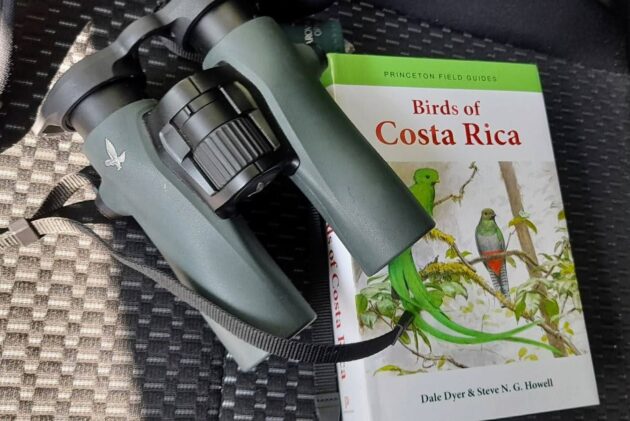
Dale Dyer is an acclaimed bird illustrator and a field associate at the American Museum of Natural History. His books include the aforementioned “Birds of Central America”. Steve N. G. Howell is an international bird tour leader with WINGS and is one of the world’s leading authorities on the birds of Mexico and Central America. His books include “Oceanic Birds of the World” (both: Princeton).
With 900 g / 32 oz of weight, “Birds of Costa Rica” by Dyer and N. G. Howell is heavier and a little larger than the previous Garrigues and Dean standard and no longer so comfortable to carry around. Having both guides, which one would I carry on my next trip to Costa Rica (next? oh, let me dream!)? For its more detailed text accounts, updated maps and those seductive paintings, my choice is Dyer and N. G. Howell’s “Birds of Costa Rica”.
Birds of Costa Rica
By Dale Dyer & Steve NG Howell
456 pages, 203 plates with colour illustrations; 19 colour photos, 900+ colour distribution maps
Publisher: Princeton University Press (Princeton Field Guides Series)
ISBN: 9780691203355
Flexibound
May 2023


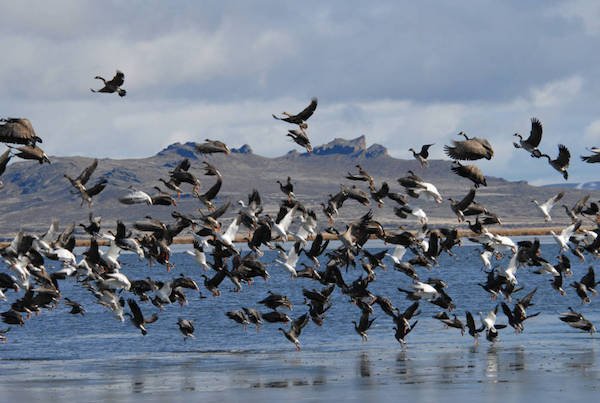
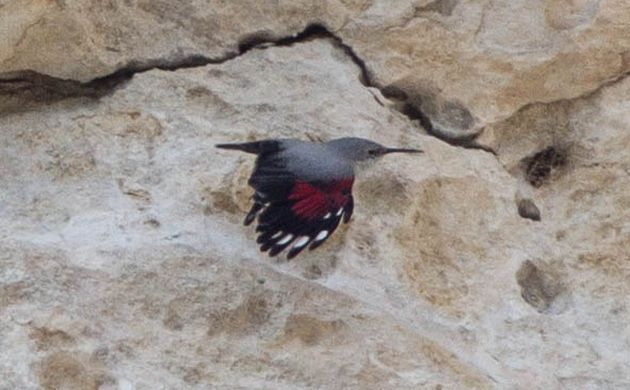
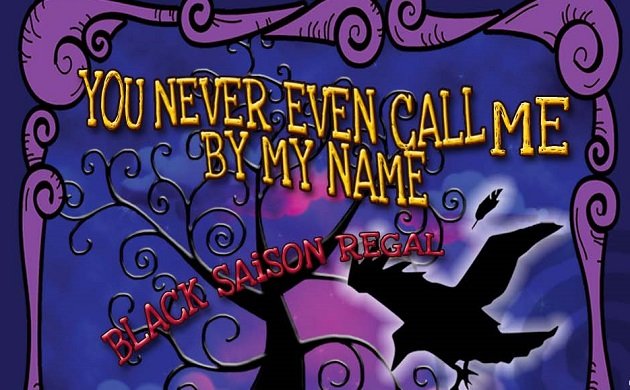

 New writers welcome – please contact us for details.
New writers welcome – please contact us for details.

















Leave a Comment